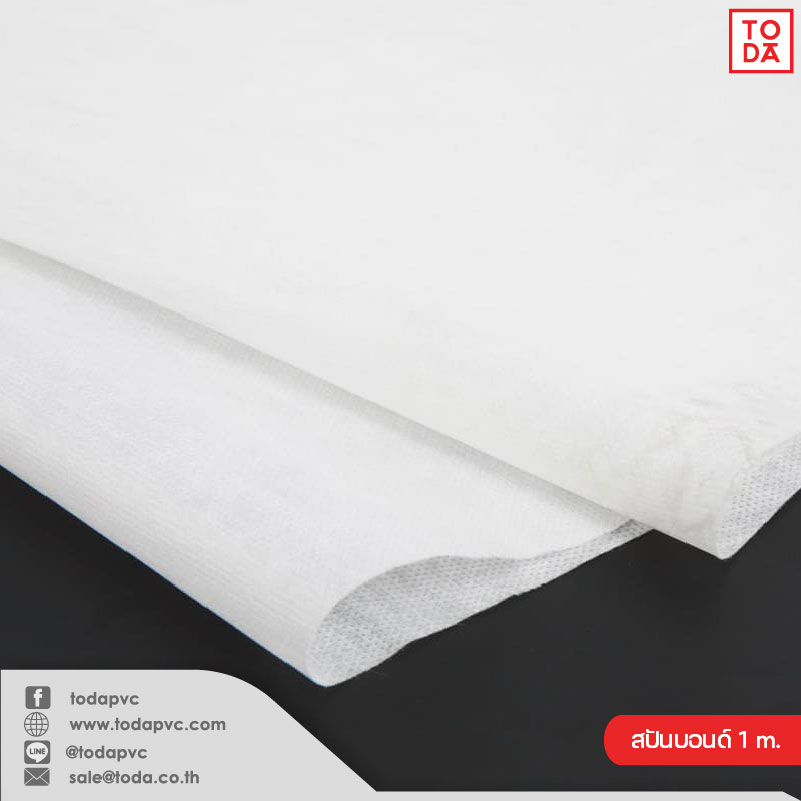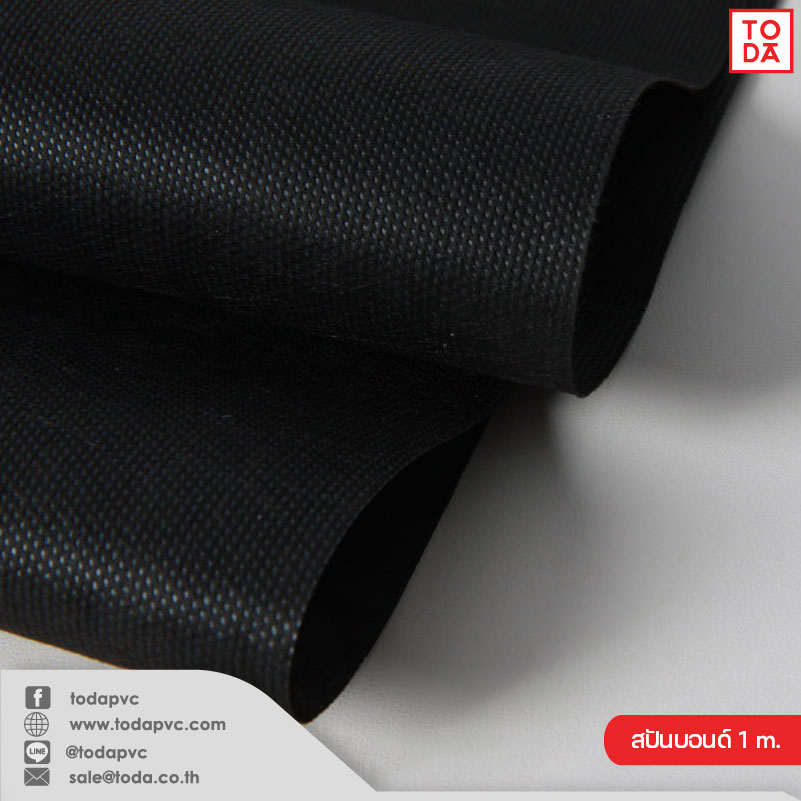Spunbond 1 m.
Attribute:
ราคาสินค้า
สี
Categories : อุปกรณ์สำหรับผลิต "เตียง" , อุปกรณ์ซับใน , สปันบอนด์ ,
Share
(Spun-bond) & (non-woven)
It is a fabric formed directly from fibers, unlike woven or knitted fabrics in general, where fibers are first formed into yarn and then molded into fabrics. Therefore, if we take the spunbond plate and enlarge it to see the structure clearly, you will see the fibers draped back and forth in all directions.
Spunbond is characterized by being able to design a variety of characteristics and properties to suit different applications. This variety of characteristics and properties is due to the choice of a variety of natural and artificial fibers combined with a spunbond forming process that can be performed using a variety of techniques. It has a fast production process, produces in large quantities and low production costs, so it can be used for disposable products.
The production of spunbond fabric is made by forming fibers directly from plastic pellets. By melting the plastic pellets with an extrusion melting machine, then the melting polymer is pressed through the fiber nozzle to form a continuous long fiber sprinkled on the belt to form a sheet.
Therefore, spunbonds are made only of artificial fibers, natural fibers cannot be used for forming. Most polymers used include polypropylene. Polyester, nylon and polyurethane The technique used to fasten fibers in plates is mainly thermal fastening welding techniques. Chemical bonding and water needle embroidery In the case when fastening fibers with the technique of embroidery with a water needle. The resulting spunbond is called spunlace, which is softest and most curved like a fabric. Examples of applications include diapers, sanitary supplies, and medical products (doctor's surgical gowns, etc.). Masks and packaging (CD pouches, medical device envelopes), etc.
(Spun-bond) 1 M.
(Width) : 1 m.
(Length) : 500 m.
(Thickness) : 50 g.
Composition : Polyester 100%
(Retail) : 17 ฿/m.
(Wholesale) : 8 ฿/m.
สีขาว |
สีดำ |









